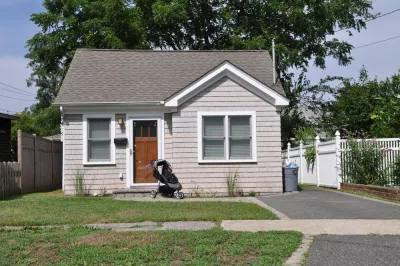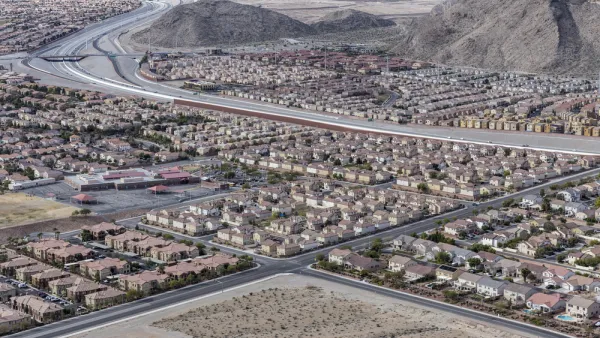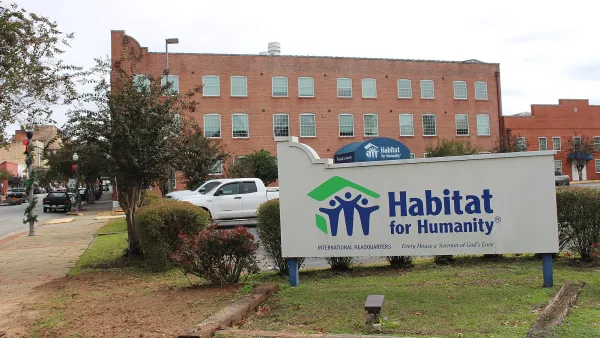Rising land costs, expensive materials, and onerous building and lot size requirements are making it harder to build small, affordable ‘starter homes’ in the United States.

For decades, the American Dream of homeownership rested on the concept of the ‘starter home:’ a simple, affordable, single-family house theoretically within financial reach of young people and families just starting out. But as Emily Badger writes in the New York Times, that path is increasingly closed off to most American households.
The nation has a deepening shortage of housing. But, more specifically, there isn’t enough of this housing: small, no-frills homes that would give a family new to the country or a young couple with student debt a foothold to build equity.
The rise in the cost of homes is due to a variety of factors, Badger continues. “Land costs have risen steeply in booming parts of the country. Construction materials and government fees have become more expensive. And communities nationwide are far more prescriptive today than decades ago about what housing should look like and how big it must be.” In some cases, requirements mandated by local ordinances raise the cost of construction.
Today, many builders say it’s becoming impossible to build small, low-cost homes on increasingly expensive land. Solutions include permitting the construction of more than one housing unit on a parcel and encouraging a variety of housing types such as townhomes, bungalows, and other ‘missing middle’ housing. “In the early 20th century, communities were effectively using all kinds of models to solve for affordable, entry-level housing. But the arrival of the car enabled people to move further out, and new planning ideas declared what would be built there.” With the midcentury suburban model growing more and more unsustainable, the future may well involve looking to the past.
FULL STORY: Whatever Happened to the Starter Home?

National Parks Layoffs Will Cause Communities to Lose Billions
Thousands of essential park workers were laid off this week, just before the busy spring break season.

Retro-silient?: America’s First “Eco-burb,” The Woodlands Turns 50
A master-planned community north of Houston offers lessons on green infrastructure and resilient design, but falls short of its founder’s lofty affordability and walkability goals.

Delivering for America Plan Will Downgrade Mail Service in at Least 49.5 Percent of Zip Codes
Republican and Democrat lawmakers criticize the plan for its disproportionate negative impact on rural communities.

Test News Post 1
This is a summary

Test News Headline 46
Test for the image on the front page.

Balancing Bombs and Butterflies: How the National Guard Protects a Rare Species
The National Guard at Fort Indiantown Gap uses GIS technology and land management strategies to balance military training with conservation efforts, ensuring the survival of the rare eastern regal fritillary butterfly.
Urban Design for Planners 1: Software Tools
This six-course series explores essential urban design concepts using open source software and equips planners with the tools they need to participate fully in the urban design process.
Planning for Universal Design
Learn the tools for implementing Universal Design in planning regulations.
EMC Planning Group, Inc.
Planetizen
Planetizen
Mpact (formerly Rail~Volution)
Great Falls Development Authority, Inc.
HUDs Office of Policy Development and Research
NYU Wagner Graduate School of Public Service





























